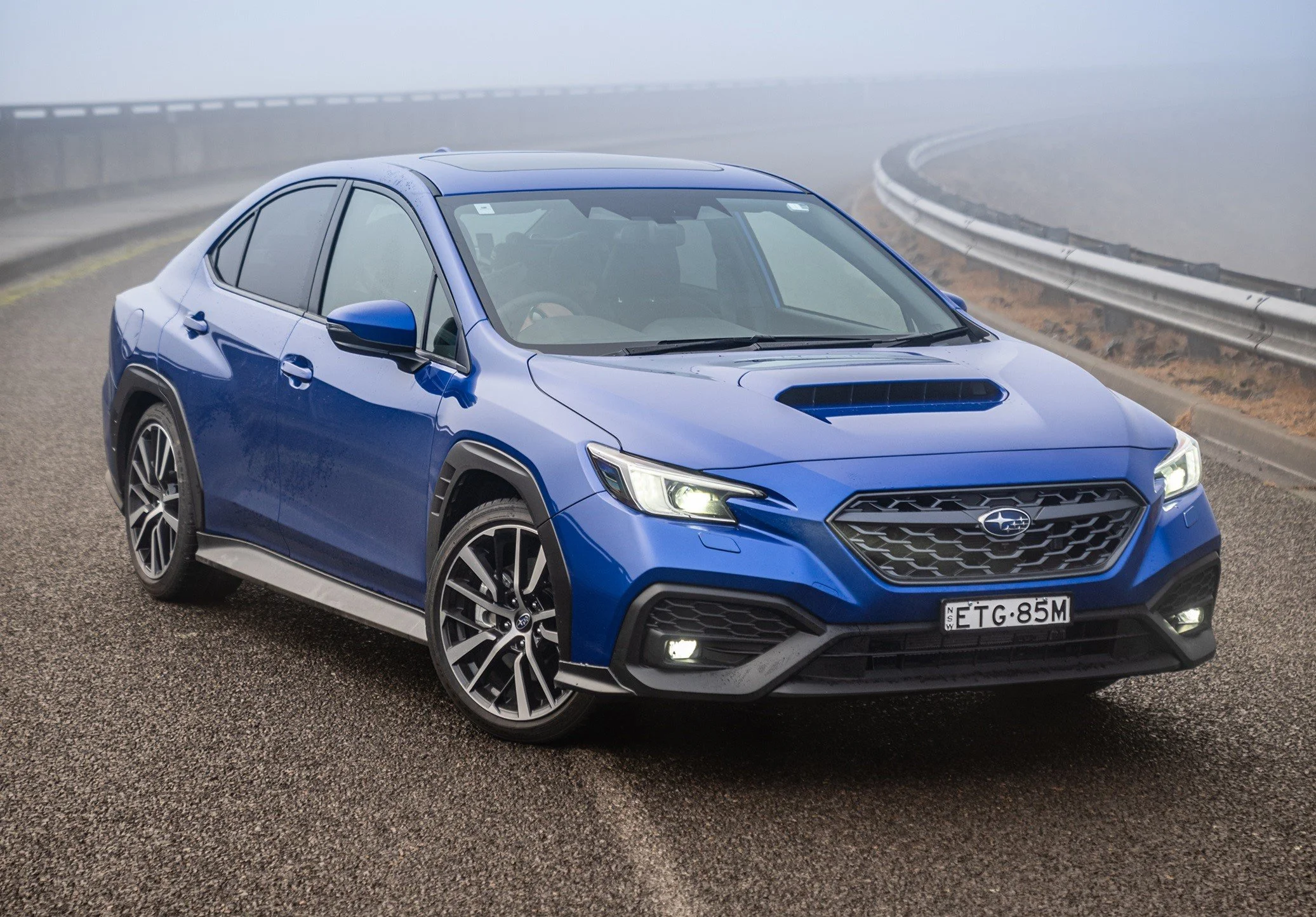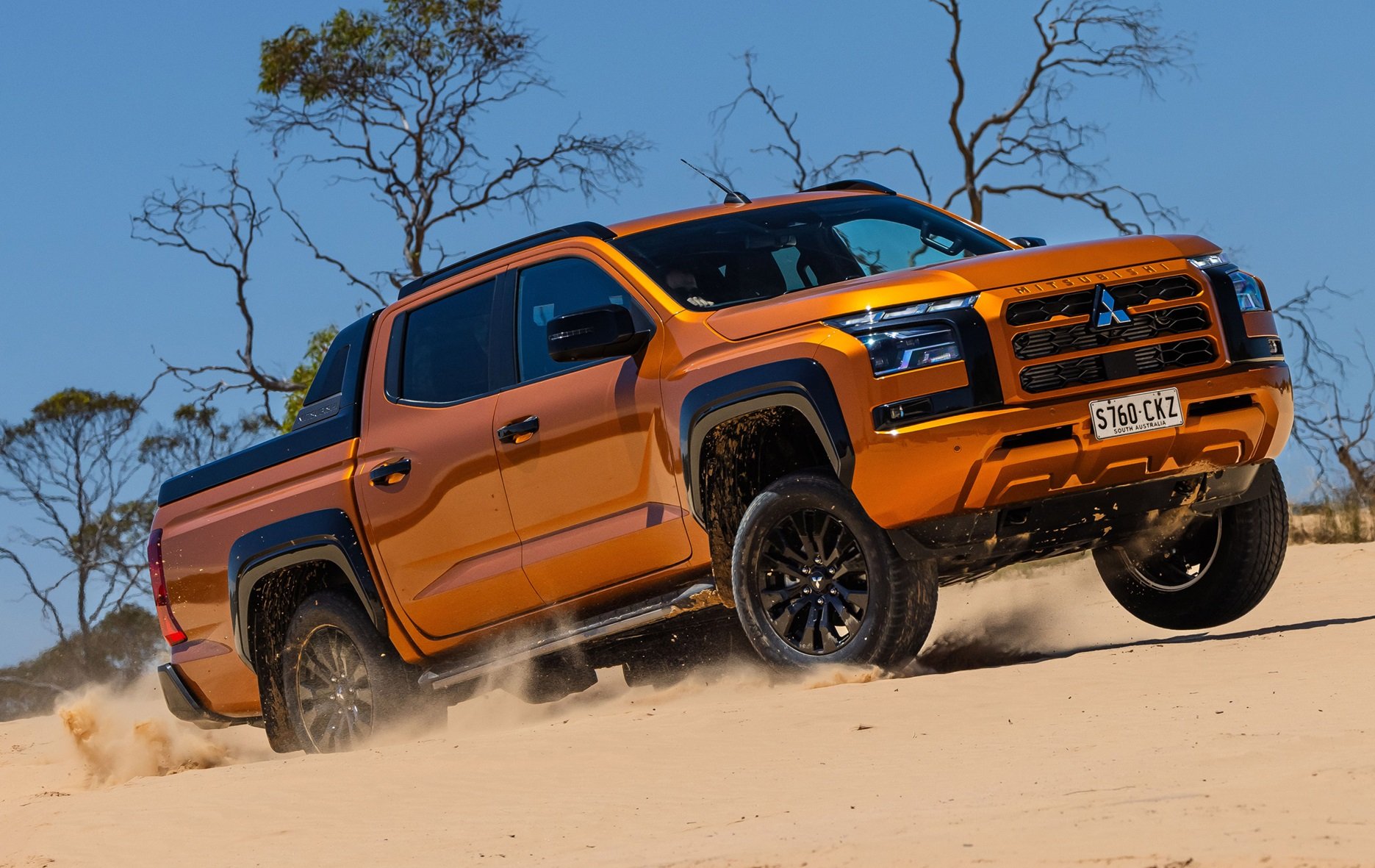I was wrong (about recycled aluminium)
Okay, I was wrong about aluminium and recycling. I hate that - but thank you for pointing it out. I do appreciate it. In this report, let’s set the record straight…
My last report was on marketing genius (and emphatically crap Pri Mincer) Scott Morrison, The Federal Chamber of Automotive Industries, and the epic bullshit embodied in the term: ‘zero emissions’ relating to the automotive sector in Australia.
I stand by almost all of that report, including the central overarching thesis, which is: Zero emissions is a totally bullshit concept. But there is one important correction. I did - how you say - I think the scientific term is ‘fuck up’. I did fuck up, and not in a ‘Caligula’ way. Details in just a sec.
Here’s that report for context >>
On balance, I don’t actually view being wrong as especially shameful, unless you’re doing it intentionally, or maliciously, or both, of course. Certainly ‘fessing up about an honest mistake is somewhat less disgraceful than just sweeping it under the rug and failing to set the record straight. (At least, it is on my world, dude.)
Pretending it didn’t happen is frankly the kind of thing Volkswagen would do, or a politician or a lobby group. I can’t bring myself so low to stoop, as Yoda would probably say.
I did claim in that report that recycling aluminium (as opposed to manufacturing it from bauxite, the ore) doesn’t really save you that much CO2/energy. That was categorically wrong. Mea culpa, on that. I simply misinterpreted the following statement, to which I obviously should have devoted somewhat more cognitive bandwidth:
That’s from AluminiumInsider.com - and clearly it does not mean that virgin and recycled aluminium are roughly the same in terms of embodied energy or CO2 emissions. My fault entirely.
My AutoExpert AFFORDABLE ROADSIDE ASSISTANCE PACKAGE
If you’re sick of paying through the neck for roadside assistance I’ve teamed up with 24/7 to offer AutoExpert readers nationwide roadside assistance from just $69 annually, plus there’s NO JOINING FEE
Full details here >>
Heavy metal
I did claim in that report that recycling aluminium (as opposed to manufacturing it from bauxite, the ore) doesn’t really save you that much CO2/energy. That was categorically wrong. Mea culpa, on that. I simply misinterpreted the following statement, to which I obviously should have devoted somewhat more cognitive bandwidth:
That’s from AluminiumInsider.com - and clearly it does not mean that virgin and recycled aluminium are roughly the same in terms of embodied energy or CO2 emissions. My fault entirely.
The number quoted there is in US tons, obviously, and I converted that to metric, but several of you pointed out my fundamental error of false equivalence in the comments. Thank you very much for that. I’d rather be corrected than enduringly wrong. I investigated this following your comments, and - yeah - it is far more energy intensive to manufacture aluminium from bauxite than it is to recycle the stuff.
Virgin aluminium is incredibly energy intensive. See, if you pump a ton of energy into bauxite, which is basically aluminium oxide, you get pure aluminium out the other end of your refinery/smelter.
But if you want to see the process in reverse, you of course can. It’s more entertaining, I suppose, to see how much energy is liberated when you run it backwards. This is do-able, but not recommended by me. (Unless you need to crack a safe, or something.)
I’m hardly letting the cat out of some bag when I say you can use powdered aluminium as a fuel and combine it with powdered iron oxide (like, rust) as an oxidiser to make your own bauxite, effectively. It deflagrates entertainingly, and releases a shitload of energy.
When you mix them up, it’s actually pretty safe mixture, because it’s quite hard to get the reaction going. You can light a match into the mixture and nothing will happen, probably, because the activation energy is sky high.
But if you do set it off, make sure you use only a few grams initially, and stand well back, and wear PPE, or better still, don’t do at all - because we’re talking about ‘thermite,’ which has a diverse range of industrial and military uses, including incendiary grenades and exothermic butt-welding of railway track on location.
And safe-crackers love it. You just need to get the amount right, so you don’t incinerate the cash.
I trained as an engineer in the railways. Thermite is the easiest way to join lengths of railway track together - especially if you don’t have a big, juicy arc welder handy.
Temperature skyrockets to about 2500 degrees C, briefly. If you want to experience this without the danger, just search ‘thermite’ on YouTube for more. Plenty of examples and tutorials. It’s probably safer just to watch in this way. Plus, I’m disinclined to tell you how to set it off, here and now, not that this is a state secret either.
What you’ll essentially see coming out of the reaction is the amount of energy you have to put in, if you want to drive the process the other way, and produce aluminium metal from the oxide.
Pro Tip: You can’t actually extinguish a thermite fire if it goes all ‘Black Hawk Down’ on you in the loungeroom. A thermite reaction makes its own oxygen in the same way a burning lithium-ion battery does. So it burns until all the reaction material runs out. You will not be able to put it out earlier than that.
Official claims about recycling aluminium are a bit vague - usually citing ‘up to’ 95 per cent of input energy, which can be saved by recycling. Weasel words like ‘up to’ always scare me in claims such as this. Like, OK, dude, ‘up to 95’, but what is it really, in practice, mostly?
According to Terry Norgate at the CSIRO, in his 2013 report entitled ‘Metal recycling: The need for a lifecycle approach.’ there are:
So 95 per cent saving is probably an over-blown best-case claim, for recycled aluminium, and the reality of energy saving is probably somewhat less.
But because of the ‘reverse-thermite’ energy volume thingo, aluminium is definitely one of the best candidates for metal recycling. And I was pretty wrong about that.
Mr Norgate adds:
Lifecycle analysis always makes green initiatives look worse, because it forces you not to ignore any segment of a process - which might otherwise be ignored for green convenience - and of course every segment involves the burden of energy/CO2.
This is exactly what carmakers do when they refer to BEVs and FCEVs as ‘zero emissions’ vehicles. They ignore the tremendous amounts of energy and CO2 embodied in the manufacture of those vehicles, as well as end-of-life costs and mid-life maintenance.
I’d also suggest that it would be a mistake to conflate recycling aluminium with this being any kind of clean process. It’s actually pretty filthy, requiring things like beer cans to be collected, sorted and shredded, as well as chemically and mechanically cleaned to remove oxidation…
And when it’s all melted down, the molten aluminium needs to have the hydrogen it absorbs (by decomposing water from humidity in the air and from oil contaminants) it needs to have that de-gassed from the molten mix by adding fun chemicals like hexachloroethane, and ammonium perchlorate.
These release highly toxic chlorine gas, which loves having a fling with hydrogen, mainly because chemistry is just entertainingly polygamous like that.
I wouldn’t want to bathe in any of that shit, basically. Or breathe it as it warms up. Obviously.
And of course then you’ve got to tap off a small sample of your molten aluminium mix, chill it out, and jam it into the nearest spectroscope so you can decide how much virgin aluminium, copper, zinc, manganese, silicon and/or magnesium to add, to give the finished alloy the properties you require. So there’s that.
None of this is especially clean or green, but still, according to world-aluminium.org, recycling aluminium globally saves about 90 million tonnes of CO2 annually, which is roughly 17 per cent of Australia’s annual emissions. And that’s a good thing. And I was definitely wrong about it. And none of the context mentioned here is an attempt to excuse that. I’m unreservedly apologetic about being wrong.
I just hope you found the context interesting. I did, in researching this following your comments. Let me know if I got any of this one wrong, and we can go 100 per cent ‘Inception’ with me falling on my sword here again, correcting corrections of my earlier corrections.
Otherwise, I’ll just admonish myself, privately, to fuck up a little less in future. If that’s OK with you.



















The Kia Sorento is as close to a prestige SUV as you can get, only without the big price. You would pay thousands more for an equivalent Mercedes or BMW, but a new seven-seat Sorento will be far more reliable and better value.